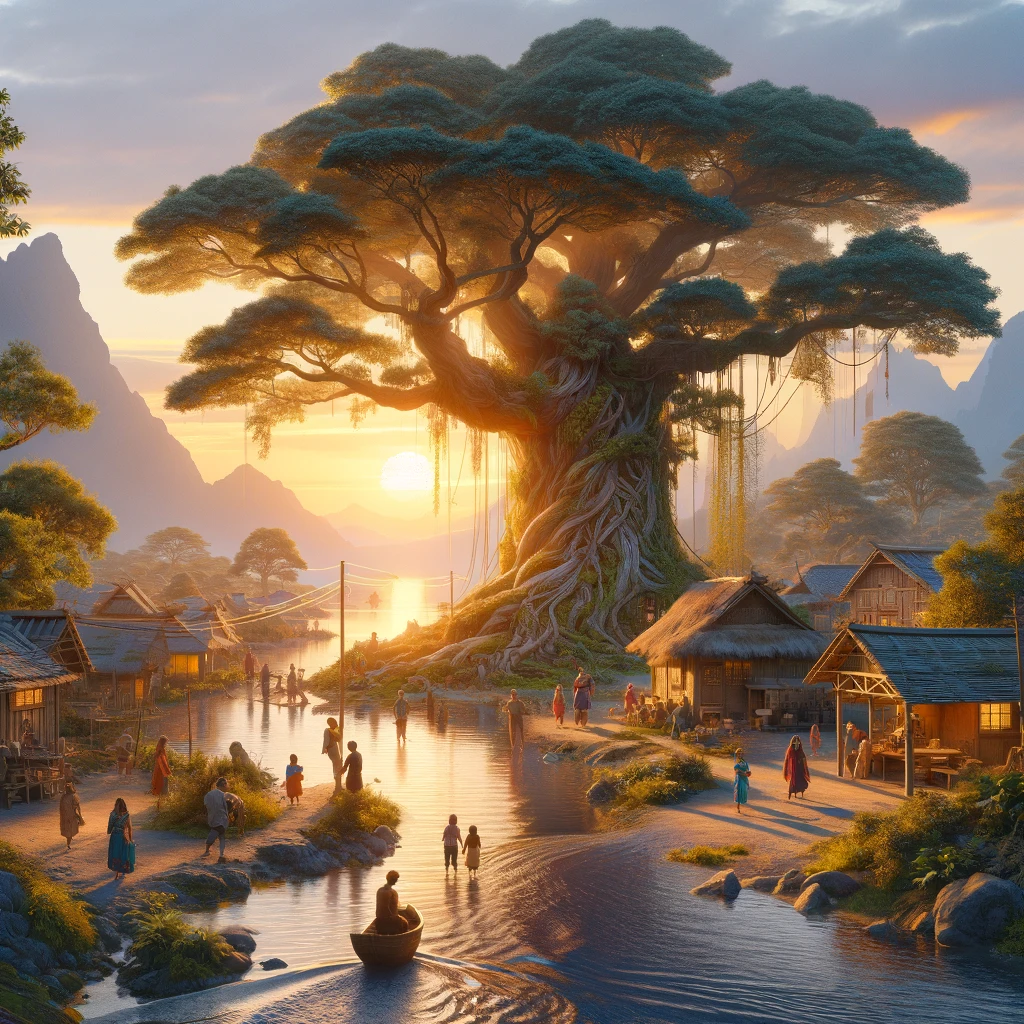
Blue Zones are currently a hot topic, even inspiring their own Netflix series. But what genuinely sets these areas apart from the rest?
Located on the coasts of Japan, the shores of Ikaria, or amidst the temperate climate of Sardinia, are communities boasting life expectancies far surpassing the global average, with an exceptionally high number of centenarians. What’s their secret? It’s a harmonious mix of love, human connections, physical activity, nature, consumption of wholesome unprocessed foods, quality sleep, meditation, and a sense of purpose for ourselves and our loved ones, essentially embodying the concept of ikigai. The key, as I see it, is maintaining this momentum, continuously moving forward. It seems these individuals are making an unconscious investment in their long-term health, accruing benefits daily, much like compound interest. But what core values do all these communities share? A deep respect for their bodies, souls, loved ones, and the wider community. Intriguingly, modern cities, despite their advancements, have either lost or diminished these fundamental elements.
After WWII, the global industry shifted towards bureaucracy. This transition sparked a significant movement from rural areas to cities, as people sought better living conditions, which, in reality, often meant better job prospects. This led to the proliferation of suburbs, increased reliance on cars, and the expansion of city highways. Housing affordability steadily declined, a situation that reached a tipping point during the COVID-19 pandemic. The frustrations of traffic congestion and the challenges of living in cramped apartments highlighted significant mental health concerns. Reacting almost instinctively, urban residents began purchasing second homes in less populated areas, driving up local living costs to unsustainable levels. In response, numerous corporations, including giants like LinkedIn, shifted towards fully remote work. The pandemic highlighted the profound imbalances within urban settings.
Given the idyllic nature of Blue Zones, one might wonder why we cling to less satisfying lifestyles in urban sprawls. What if we could integrate the essence of Blue Zones into city life? Cities excel in one particular area: they bring together vast numbers of people, fostering endless possibilities for connection. Imagine transforming cities into greener, more connection-oriented spaces that foster intergenerational ties, without sacrificing their vibrant character. Particularly in Europe, there’s a noticeable shift towards this ideal, with the example of Paris; the momentum created by the 2024 initiative led a shift toward human-centered cities. Discussions around green initiatives, community engagement, and eco-friendly architecture are gaining momentum, all inspired by the principles underlying the success of Blue Zones.
Another possibility would be to build the next generation of healthy living areas, longevity hubs: places that could be a mix of healthy communities, scientific hubs, and longevity stores, all located in a welcoming environment. This will be discussed in another article.
By Max Kamrani , a Love, Life + Robot enthusiast